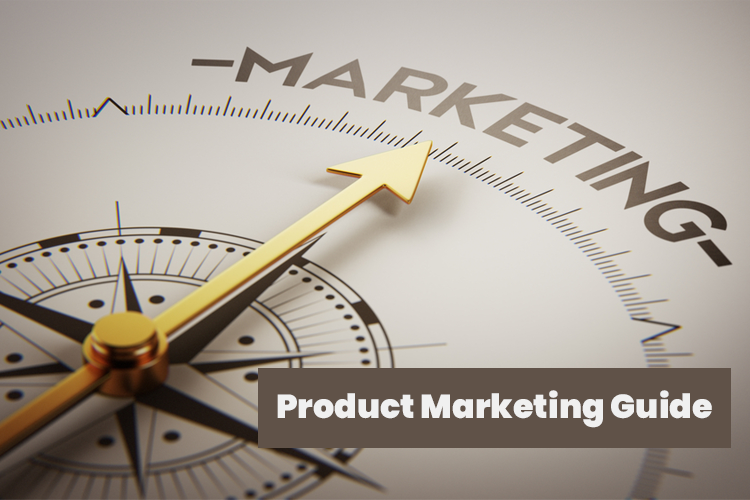Product Marketing in 2020: The Ultimate Guide

Product Marketing is a method of launching a product to market, marketing it, and selling it to a consumer. It includes knowing your target audience and then using tactical positioning and messaging to rocket income as well as the product’s demand.
You might think of how it is different from conventional marketing, as it looks pretty much the same. Product marketing is strategic and on the other hand, conventional marketing is comprehensive. You can call it a component of conventional marketing.
It is used to thrive the demand for a specific product for your existing audience. Brands use it to make people buy their innovative products or services.
Here’s the Ultimate Strategy for Products Marketing in 2020
By building a good product marketing strategy for your business, you can optimize the pricing, positioning, and promotion of your products. You can rocket the sales of your new products with this guide, so keep on reading till the end.
5 Steps to Optimize Product Marketing Strategy
- Determining Target Audience & Customer Personas
Our first and foremost step is to know your target audience. You should also make consumer personas for selling and promoting a particular product. Keep in mind to never use the same target audience for all of your products because the uninterested users will leave the site, and your bounce rate for that product’s webpage will rise.
You have to know the requirements, issues, and pain points of your buyers to make sure you have the best target audience for a product. You have to make your audience and persona narrowed rather than broad. By doing so, you will get positive results most of the time, and it will boost your ROI.
- Define The Messaging and Positioning
When you analyze your target audience for a specific product, then you get an idea about the issues, requirements, and pain points of consumers. Now you can utilize this information for pointing out the benefits of your products and how it fulfills their need and resolve issues.
Position and Messaging of your product will make your strategy utterly different from your audience. It stands for pointing out the requirements and issues of your target potential buyers in that product’s marketing strategy. You can prepare the list of your target customer queries and issues and then provide a striking answer to these questions in your product’s message or aim.
To create such powerful messaging and positioning for your product, think about the features of your product or service that fulfill their needs and satisfy them.
- Create Attainable Goals for Your Product
It’s time to set the goals for your product once you have done enough with its planning. The goals cannot be elaborated as common for everyone, but it may vary as per brand type, products, and other elements. However, there can be some general goals for the products that you have to set in order to work hard for it:
- Enhance Revenue
- Increase customer engagement
- Boosts market share
- Lure and call customers from your rivals
- Augment your brand awareness
Now once you set your goals, make sure to add achievable metrics next to them. For instance, you can set a goal for increasing your current revenue by 10-15% after the launch of your new product. You can do the same for other goals as well. Once you set these achievable goals, make sure to keep them always in the front of your eyes as well as your marketing team.
- Set a Price
While creating a marketing strategy, you need to discuss the optimal price for the product. Price matter to a huge extent in any kind of strategy since it tells whether people would be able to afford it or not.
- Release Your Product
There are two types of release of any products for optimized results: Internal launch and external launch. Internal launch stands for the release of a product within your company and members. External launch stands for releasing the product in the market or front of your target audience.
Now it is a final and one of the most important factors because most brands make mistakes right here while launching a new product. Sometimes, brands straightly launch the product in front of their target customer and market. This is the biggest mistake that is still happening in several companies. You need to launch the product within your brand and members so that they can know the benefits, details, and experience it. How are they going to help your customers genuinely when they haven’t tried it or at least tested it? Once the product is out in your company, ensure that the marketing team has every single detail about the product. After that, you can proceed for the final external launch. This will help you overcome the issues and potential cons of your products.
